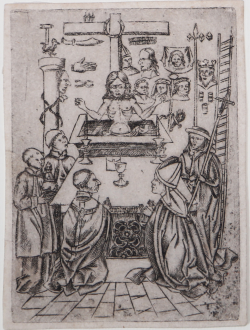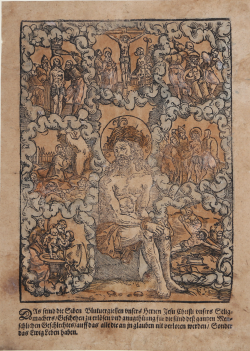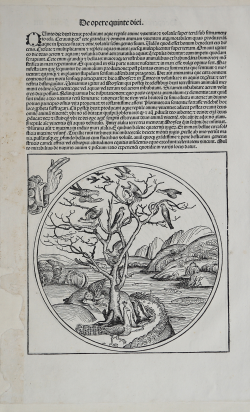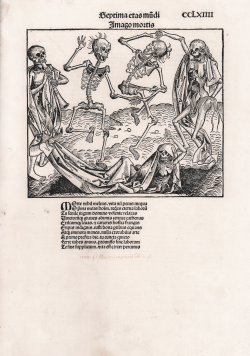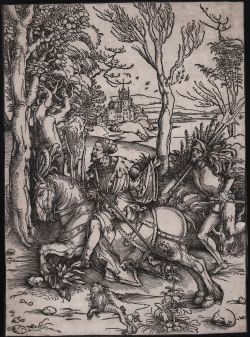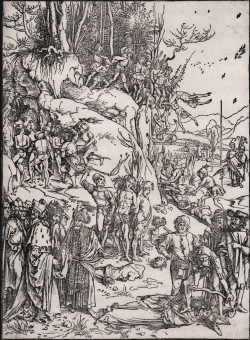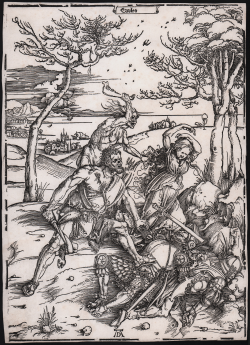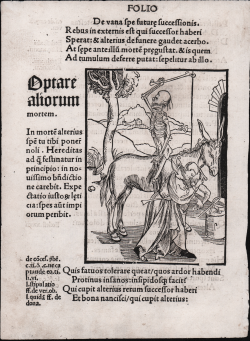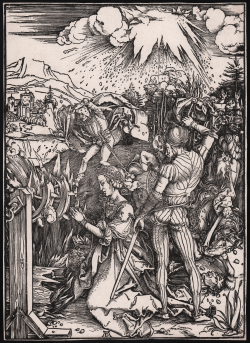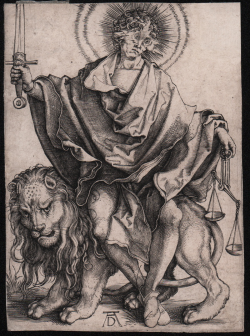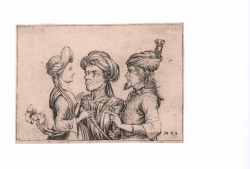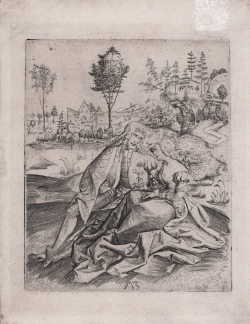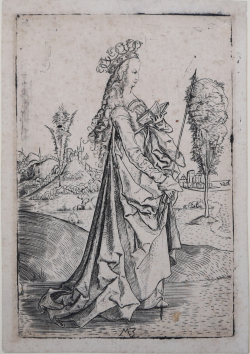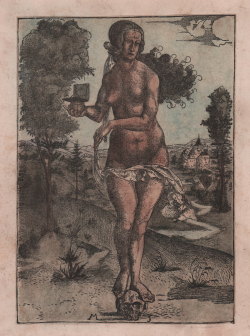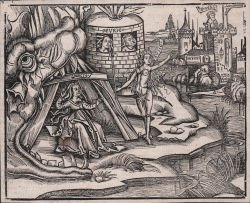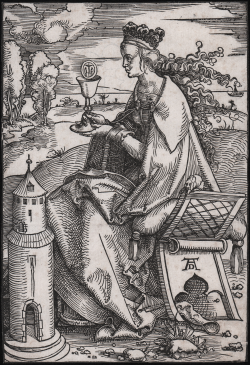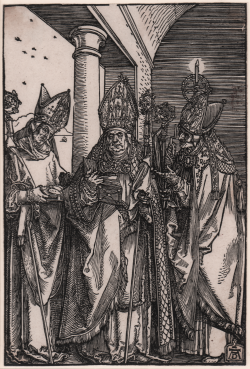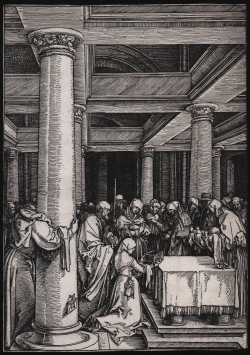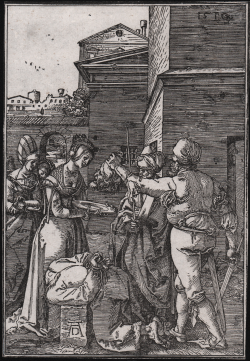Christ carrying the cross
Monogrammist IC Monogrammista IC
Code:
S40261.18
Measures:
113 x 160 mm
Year:
1480 ca.
Scenes from the Life of Christ
Anonimo - Scuola Tedesca
Code:
S25176
Measures:
214 x 285 mm
Year:
1490 ca.
Work of the Fifth Day, Creation of the Fish and Birds
Bottega di Michael WOLGEMUT
Code:
S11294
Measures:
295 x 465 mm
Year:
1493
The Dance of the Skeletons [Imago Mortis]
Michel WOLGEMUT
Code:
S48893
Measures:
225 x 195 mm
Year:
1493
Knight on Horseback and Lansquenet
Albrecht DURER
Code:
S42524
Measures:
280 x 390 mm
Year:
1496 ca.
Hercules defeats the twins of Molion
Albrecht DURER
Code:
S49667
Measures:
280 x 385 mm
Year:
1496 ca.
Optare aliorum mortem (Nave dei folli)
Albrecht DURER
Code:
S42525
Measures:
150 x 202 mm
Year:
1498
Saints Nicholaus, Ulrich and Erasmus
Albrecht DURER
Code:
S41832
Measures:
141 x 211 mm
Year:
1505 ca.

